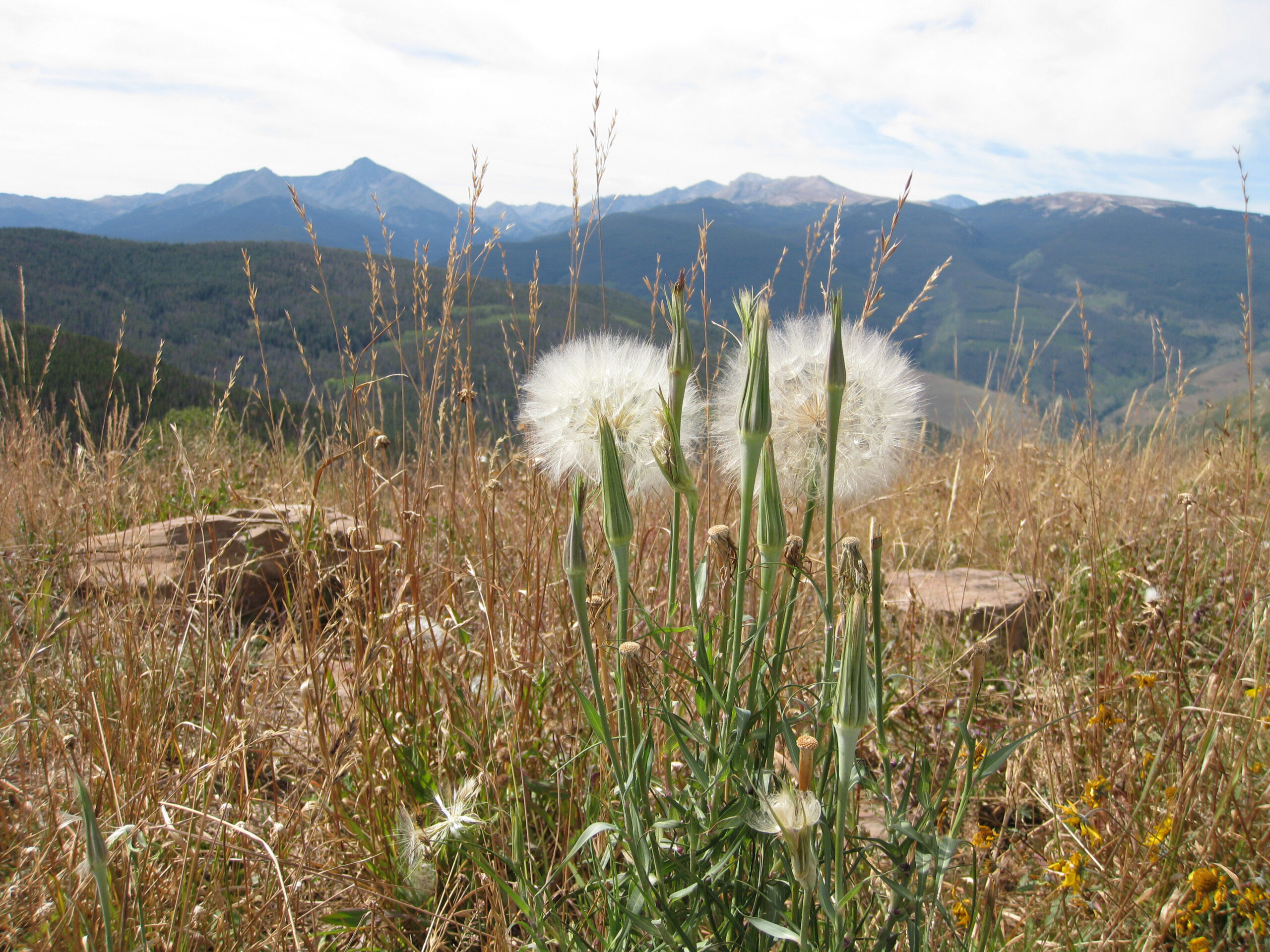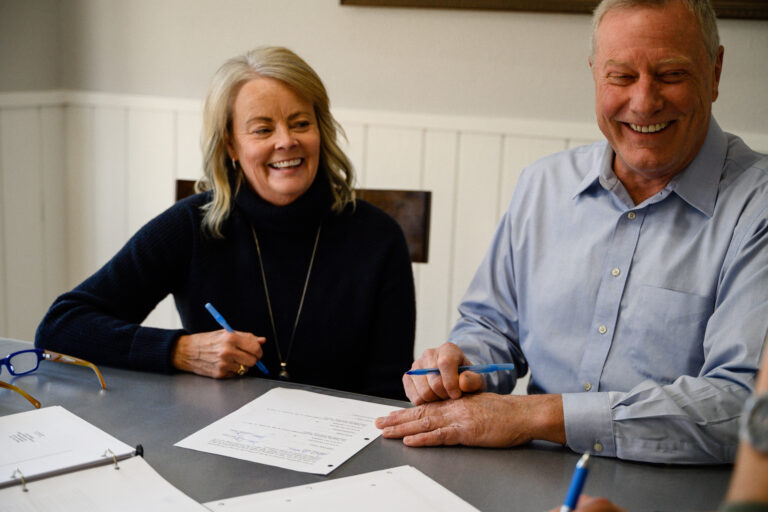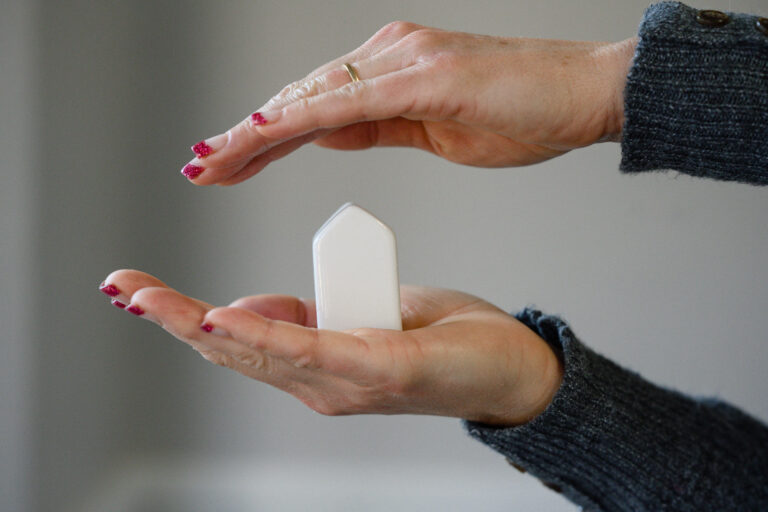Should You Create a Declaration of Disposition of Last Remains?
This month’s Legal Brief focuses on planning for what happens with our physical body after we pass away. Colorado law allows you to create a document, called the Declaration of Disposition of Last Remains. This can include your wishes for your body and any ceremonial arrangements or special instructions you might have as a way to give your family guidance when making arrangements after your passing.
What is a Declaration of Disposition of Last Remains?
This document specifies how you would like your remains to be handled after your death. You can elect for burial, cremation, or any other option that you choose. You can also share what type of ceremony and other arrangements you would like. Having this document completed helps your family know your wishes and takes some of the difficulty out of planning for your memorial while they are grieving. At Stone Law we include a Declaration of Disposition of Last Remains in most estate plans. You can fill this out to give your family guidance and have it notarized on your own or at our office.
What are some of my options?
There’s the typical burial we tend to see in movies. This option requires a plot in a cemetery or tomb or vault. After death the body is embalmed and placed in a casket. The funeral typically consists of a viewing and then the casket is taken to the final resting place.
From there the sky is literally the limit. Cremation opens the possibilities to celebrating the life of the deceased in whatever way honors their memory. Following are several ideas to help you complete your Declaration of Disposition of Last Remains.
Find an idea that you love? Ensure your family knows your wishes by completing your Declaration of Disposition of Last Remains. None of these suit you and your family? Search for other creative ways to honor the memory of your loved one. If what you want to do doesn’t exist maybe it’s time to create something special and unique.








One Comment